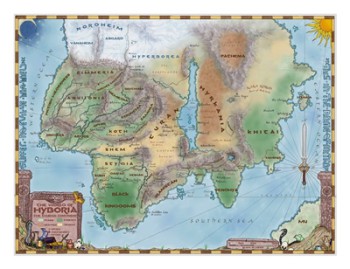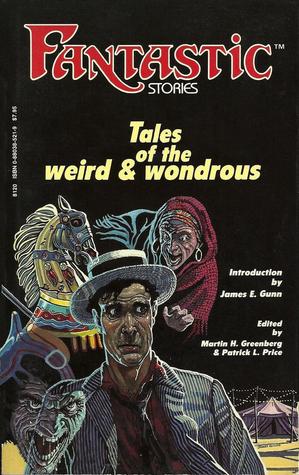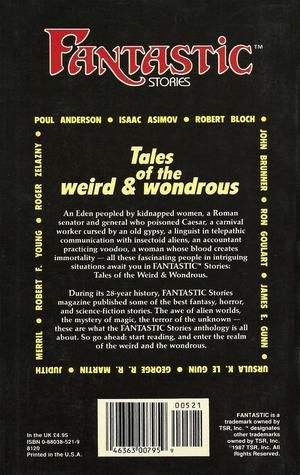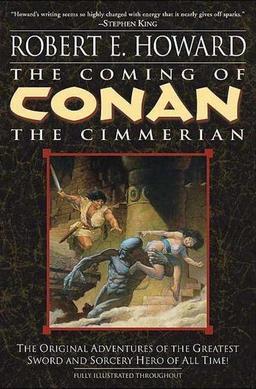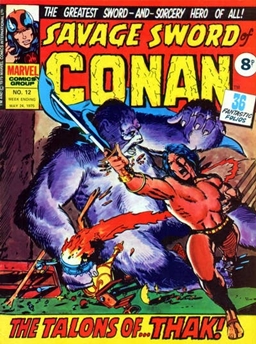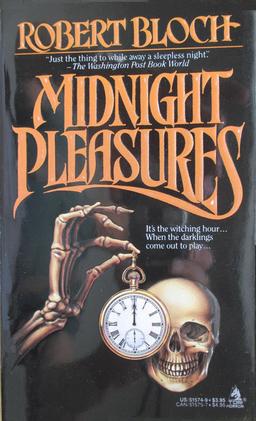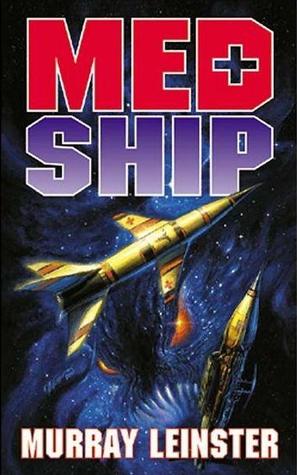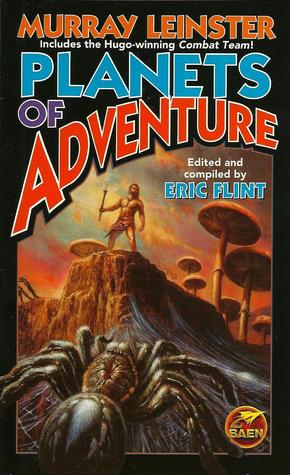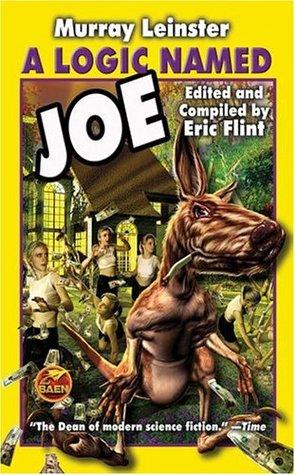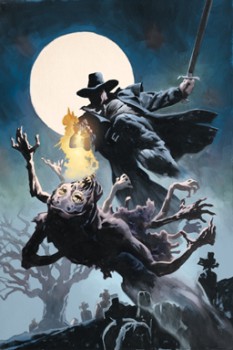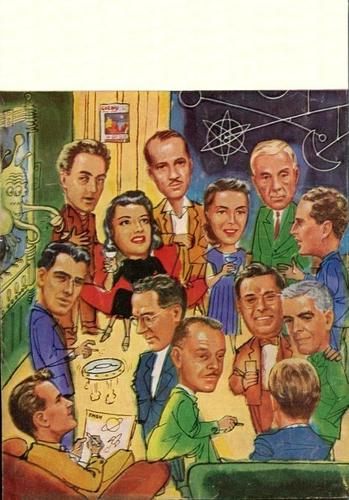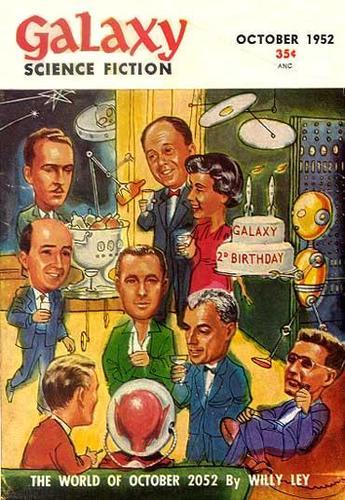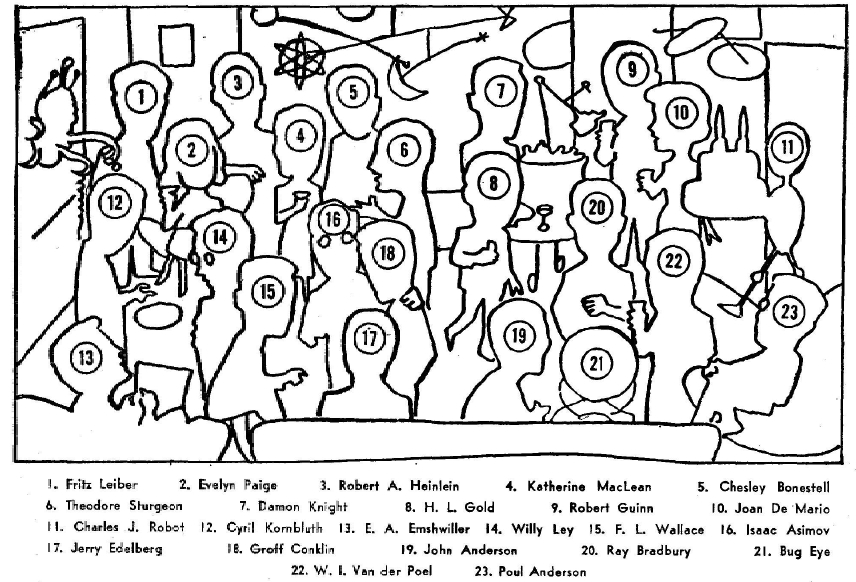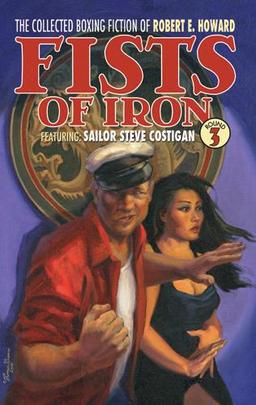Martian Pirates, Brain Creatures, and Hive Minds: Rich Horton on Ray Cummings and John Brunner
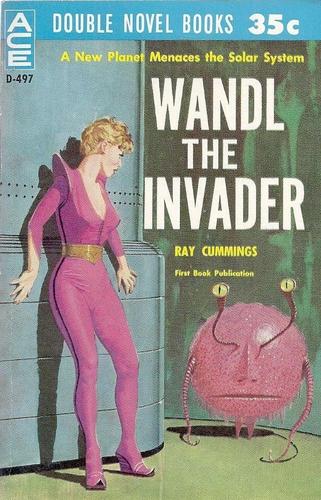 |
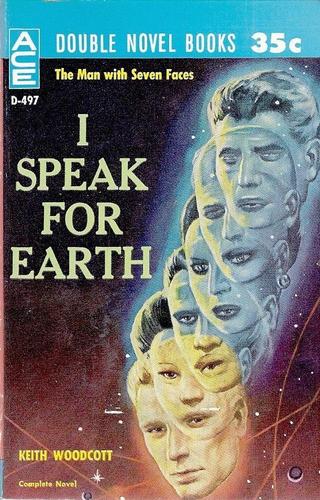 |
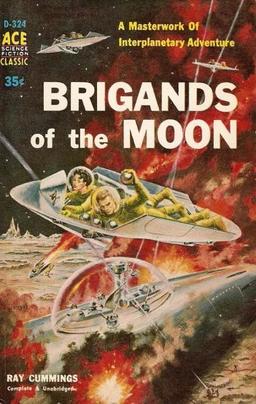 Rich Horton’s personal blog, Strange at Ecbatan, is a great place to hang out if (like us) you love vintage paperbacks and magazines. In addition to his reviews here at Black Gate (not to mention his editing duties for The Year’s Best Science Fiction & Fantasy, the 2015 Volume of which just arrived last month), Rich also reviews forgotten bestsellers, neglected classics, and obscure books by writers who later became highly regarded. This week he takes a look at an Ace Double from 1961.
Rich Horton’s personal blog, Strange at Ecbatan, is a great place to hang out if (like us) you love vintage paperbacks and magazines. In addition to his reviews here at Black Gate (not to mention his editing duties for The Year’s Best Science Fiction & Fantasy, the 2015 Volume of which just arrived last month), Rich also reviews forgotten bestsellers, neglected classics, and obscure books by writers who later became highly regarded. This week he takes a look at an Ace Double from 1961.
This week’s Old Bestseller post is on a book that was by no means a bestseller — it’s another Ace Double review, this time a new one (for me) — the 1961 pairing of a rather dreadful 1932 pulp serial by Ray Cummings (Wandl the Invader) with one of John Brunner’s better early short novels (I Speak For Earth), written as by “Keith Woodcott.”
Wandl the Invader was serialized in Astounding in 1932. It was a sequel to Brigands of the Moon, which began its serialization in the third issue of Astounding, in 1930. It is set in a future in which space travel is well-established within the Solar System, and essentially human civilizations have been discovered on both Venus and Mars. (Interbreeding is possible, for instance.) A small planet called Wandl has appeared in the Solar System, and Gregg Haljan (hero of Brigands of the Moon) is recruited to captain a spaceship to resist the evil intentions of the planet’s inhabitants.
